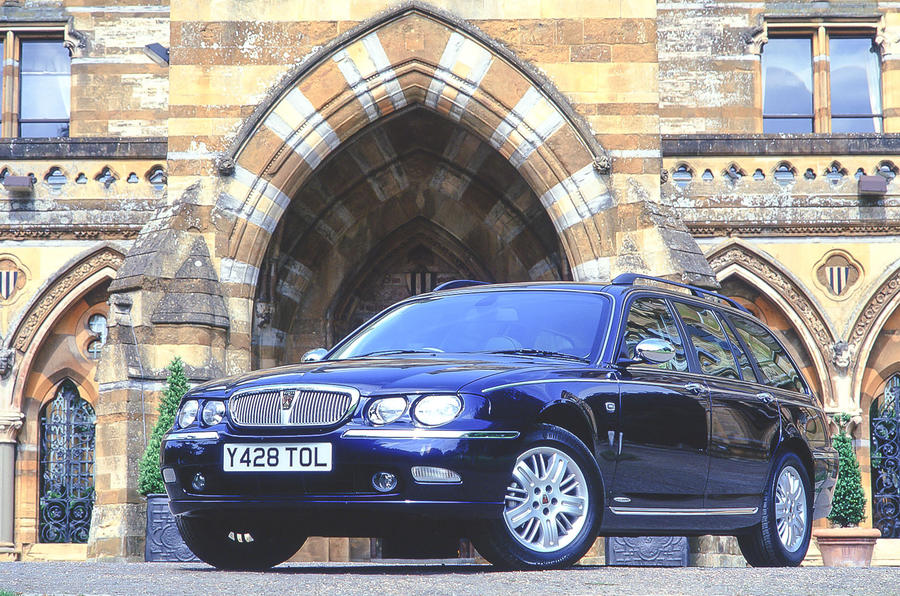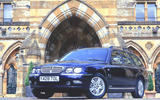There are several great reasons to treat yourself to this week’s issue of Autocar, among them our 5500th road test, which just so happened to be on the Audi S3 Sportback.
Not the greatest hot hatchback, it’s fair to say; as you might well already have read. Nor, perhaps, is it even an anniversary worth celebrating. But if only to mark it, I spent a morning in our archive of old issues earlier this week jumping back in time 1000 tests at a time just to see what I would find.
We’re a weekly magazine and always have been, and these days, we generally publish one full road test per issue. Stands to reason that road test number 4500 should have appeared about 20 years ago, then. Back then, we were well into the habit of numbering our weekly big instrumented tests (thank heavens), and so on 4 July 2001, our 4500th road test subject was... the Rover 75 Tourer.
The test came not long after BMW had notoriously sold its ‘English patient’ for just a tenner, and MG Rover was formed. The 75 estate had already been designed by Rover’s former owners, but it became one of the first cars grandly launched under the new era in any case.

We tested the 2.5-litre V6 version, all 175bhp and 1570kg of it. Performance from the KV6 engine was surprisingly weak (0-60mph in 12.3sec) although a hesitant five-speed automatic gearbox from Jatco diverted at least part of the blame for that shortfall away from the lacklustre engine. An oddly shallow and small boot also came in for criticism.
But it wasn’t all bad news for ‘The Phoenix Four’ (remember them?). The 75 Tourer won praise for its “magnificent” ride; for refinement and composure unmatched by anything else in the class; and for handling estimated by the road test jury to be better than the equivalent 75 saloon’s. I can’t imagine satellite navigation was a popular option: it cost £2300 on a car that wasn’t quite £23k at full showroom price in the first place! Still, John Towers’ company car probably had it.











































Join the debate
Add your comment
No P6 ever had 17 inch wheels. They would't have fitted under the wheelarches.
My father had a 2000TC followed by the 3500, and I would say both had 1 inch at most
No P6 ever had 17 inch wheels. They would't have fitted under the wheelarches.
My father has a 2000TC followed by a 3500, and I would say both had 14inch at most
How wonderful would a complete Autocar Road Test Book be, covering those archive tests ? I've recently bought some early "Autocar Sports Car Road Test Year Books" on EBay and they are surprisingly expensive, so I'm guessing there is a market for such a publication ?
There used to be a company that did similar, transport source books, there are a few on eBay. They'd have reviews group test, first drives and road tests etc of a specific car from loads of different magazines, I have a couple of books of past cars of mine, they were great but they seem to have disappeared, and appear to now only used examples on eBay.
If the Rover P6 you tested had 17" wheels, I'm a Dutchman. Almost certain to have been 14".